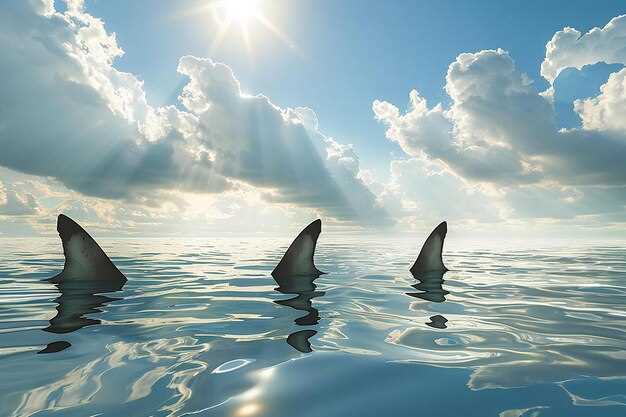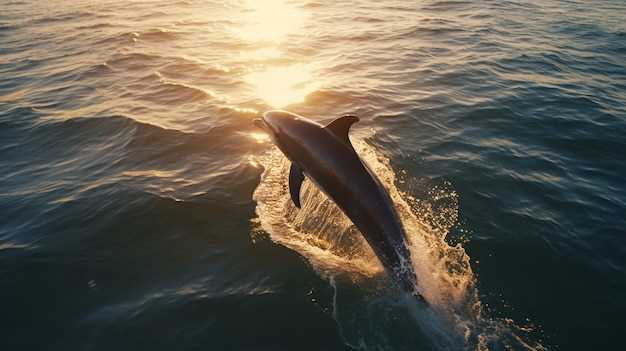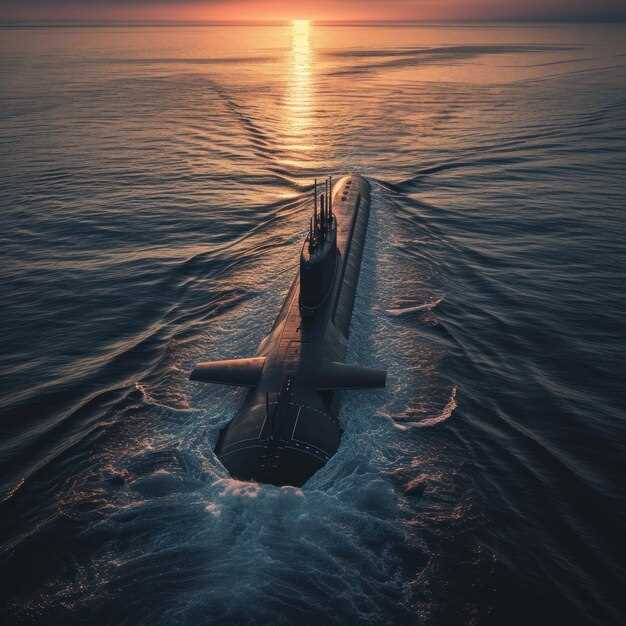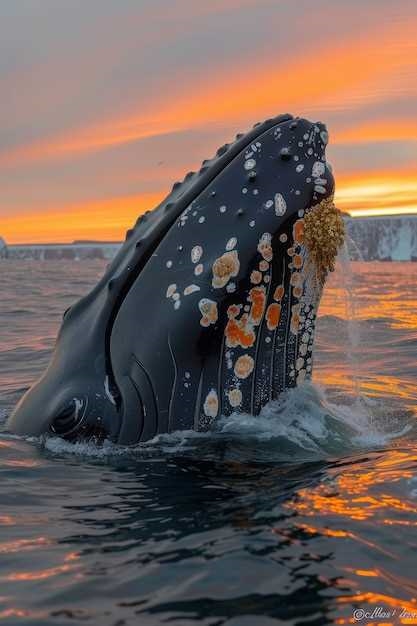When Are Whales Most Active During the Day

Understanding when to observe the grandeur of marine giants involves delving into their behavioral patterns and environmental factors. This comprehensive overview will guide enthusiasts on selecting the most favorable periods for encountering these impressive creatures.
The interaction with these sea inhabitants varies significantly throughout different intervals of the day, influenced by various ecological and biological aspects. From early morning tranquility to late afternoon splendor, each segment offers distinct possibilities for unforgettable sightings.
Expert insights and research underline specific moments when these magnificent animals are more likely to grace the waters with their presence. By exploring these insights, enthusiasts can better plan their ventures to experience the wonders of the oceanic world.
Best Time of Day to Spot Whales
To optimize your chances of observing marine giants, understanding when they are typically visible is crucial. Timing can greatly influence the success of your marine life expedition. Experts suggest certain periods as being more favorable than others for enjoying this majestic experience.
Here are some guidelines to help you choose the most opportune moments:
- Early Morning: During the initial hours after sunrise, the ocean is usually calmer, providing clearer visibility and making it easier to locate aquatic creatures.
- Late Afternoon: Wind and water conditions often improve during these hours, making it another prime period for sightings. Additionally, the diminishing daylight offers spectacular views.
- Feeding Times: Identifying the periods when these marine mammals hunt for food can significantly enhance your prospects. They frequently surface more during these intervals.
Weather conditions and seasonal migrations can also impact sighting potential. It’s vital to research local patterns where you plan to undertake your adventure. By following these recommendations, you increase your likelihood of an unforgettable encounter with these gentle giants of the sea.
Prime Morning Hours for Whale Activity
Observing the majestic marine mammals in their natural habitat can be a thrilling experience, particularly during certain periods of the morning. These early hours provide some of the most favorable conditions for sighting these creatures, ensuring an unforgettable encounter with the ocean’s gentle giants.
Why Early Hours Enhance Marine Mammal Encounters

The morning offers an exceptional opportunity to witness these magnificent animals up close. Several factors contribute to this phenomenon:
- Calm Sea Conditions: In the early morning, the ocean is generally more tranquil, making it easier to observe any surface activity.
- Feeding Patterns: Many species engage in feeding during the dawn, increasing the likelihood of seeing them near the water’s surface.
- Favorable Light: The lower angle of the sun in the morning creates excellent visibility, making it simpler to spot marine creatures from a distance.
Maximizing Your Morning Expedition
To make the most of your early excursion, consider these tips:
- Start Early: Begin your journey at first light to align with the optimal marine activity periods.
- Choose a Guided Tour: Expert guides have extensive knowledge of the best observation spots and times.
- Stay Patient: Nature doesn’t work on a schedule. Allow ample time for sightings.
- Bring Binoculars: Enhance your viewing experience with a good pair of binoculars for distant sightings.
By understanding and leveraging the unique conditions provided by the morning hours, you can significantly improve your chances of experiencing incredible marine life interactions.
Afternoon Whales Watching: What to Expect
Embarking on a marine exploration journey later in the day can offer unique experiences and perspectives not found during earlier outings. This section delves into the unique aspects and special sights one might encounter when venturing out into the ocean during the afternoon.
- The light of the setting sun creates striking vistas, making the ocean’s surface shimmer and adding a magical touch to the surroundings.
- Marine mammals are often seen engaging in social behavior, which can include breaching, tail slapping, and playful interactions.
- Photographers can take advantage of the softer light and dramatic colors that the late afternoon sky provides, making for stunning captures.
- The wind typically dies down as the day progresses, resulting in calmer waters and a smoother ride for those prone to seasickness.
- There is a chance of observing a variety of marine life, as different species may be more visible during different times of the day.
Overall, choosing a later adventure provides a distinct and enriching experience, filled with opportunities to witness nature in a unique light.
Evening Whale Sightings: Tips and Tricks

For those passionate about marine life, the evening period can provide a magical opportunity to observe these magnificent giants of the ocean. As the sun sets, several factors come into play that make this a unique moment to catch a glimpse and enjoy the experience.
Optimal Locations
Coastal regions with deep waters near the shore often serve as excellent vantage points during this period. Look for areas known for frequent marine mammal activity. Check local guides or speak with seasoned observers to determine the best spots in your region.
Lighting and Visibility

The soft glow of dusk offers an excellent backdrop for sighting these creatures, as they tend to surface more often. Carry a pair of binoculars for a closer view and consider bringing a camera equipped with a zoom lens to capture unforgettable moments.
Always remember that patience and respect for natural habitats go a long way. Enjoy the serene environment and you might just be rewarded with a breathtaking encounter.
